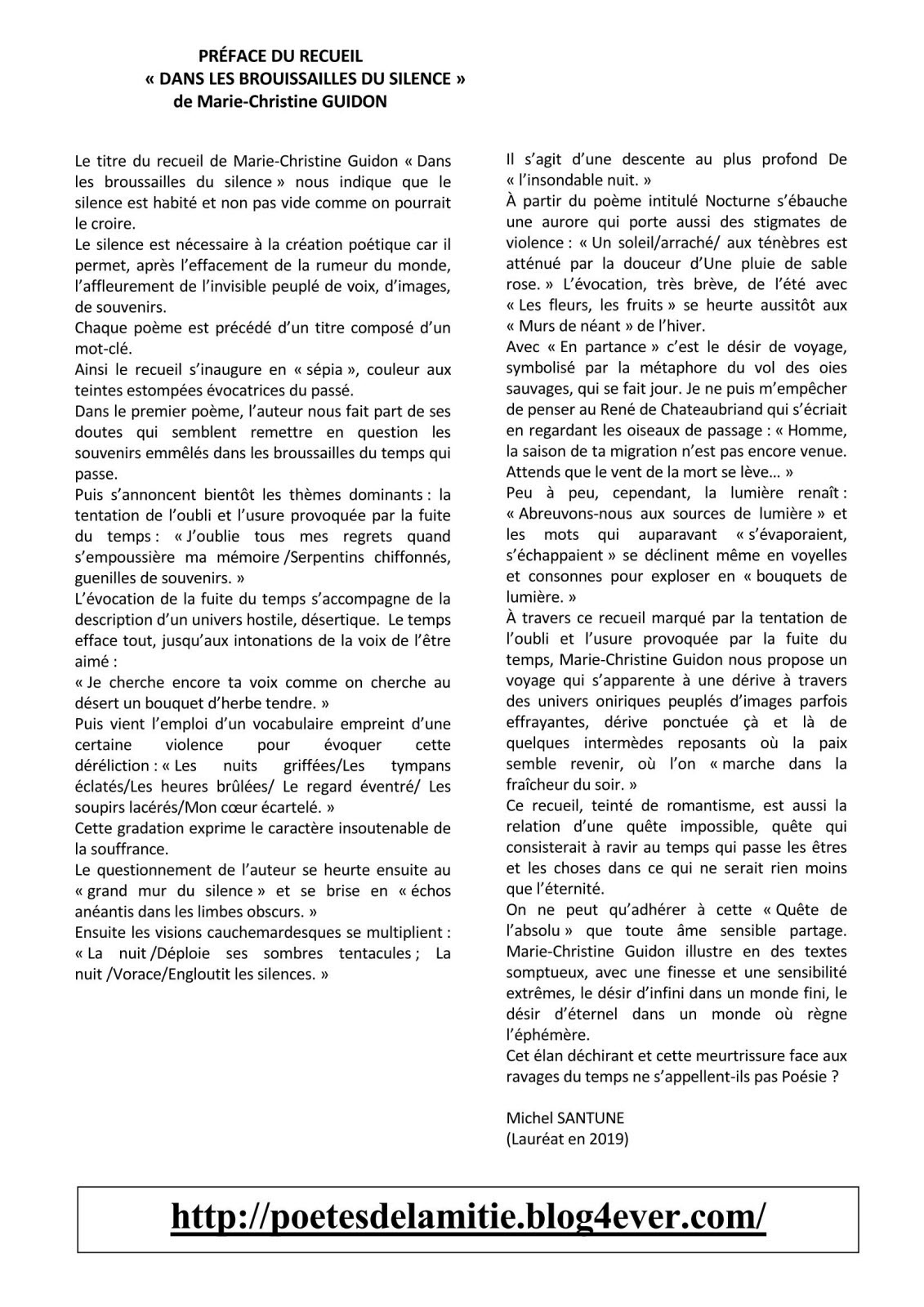Expediting Nuclear Power Plant Construction: A Trump Administration Review

Table of Contents
Regulatory Reform and Streamlining
The Trump administration aimed to reduce regulatory burdens hindering nuclear power plant development. This involved streamlining the licensing and permitting process, a notoriously complex and time-consuming aspect of project development.
Reducing Regulatory Burden
The administration focused on simplifying the Nuclear Regulatory Commission (NRC) review process. This involved:
- Streamlining environmental impact assessments (EIAs): Efforts were made to expedite the EIA process, reducing the bureaucratic hurdles and overlapping reviews.
- Reducing regulatory duplication: The administration sought to eliminate redundant regulations and streamline overlapping jurisdictions among federal and state agencies.
- Improving communication and transparency: Initiatives were implemented to enhance communication between the NRC, project developers, and other stakeholders, aiming to reduce delays caused by information gaps.
While quantifiable data on time saved due to these changes is limited and often debated, anecdotal evidence suggests that some projects experienced marginally shorter review periods. However, the overall impact remains subject to ongoing analysis and varied perspectives. Further research is needed to fully assess the long-term effectiveness of these regulatory changes.
Fast-Tracking Approvals
The Trump administration explored various initiatives to accelerate approval timelines. These included:
- Prioritizing nuclear projects: There were discussions and some actions aimed at giving priority review to nuclear projects within the overall regulatory framework.
- Creating dedicated task forces: Internal task forces were sometimes established within regulatory agencies to expedite the review process of certain projects, although their effectiveness was inconsistent.
However, challenges persisted. The inherent complexity of nuclear safety regulations and environmental reviews posed considerable obstacles to significantly reducing approval times. Critics also argued that prioritizing nuclear projects could compromise safety standards and environmental protections. Access to relevant government documentation and internal reviews is limited, hindering a comprehensive evaluation of the specific impact of these fast-tracking initiatives.
Financial Incentives and Support
Financial support played a crucial role in the Trump administration's strategy to encourage nuclear power plant development.
Loan Guarantees and Subsidies
The administration continued existing loan guarantee programs and explored new ones aimed at reducing the financial risks associated with nuclear power projects.
- Title XVII Loan Guarantees: This program, already in place before the Trump administration, continued to offer loan guarantees for nuclear projects, reducing the financial burden on developers. While data on the total amount of loan guarantees issued during this period is publicly available, the specific impact on construction timelines is less readily quantifiable.
- Exploration of new funding mechanisms: The administration investigated potential new funding mechanisms to further incentivize nuclear energy projects. However, the implementation of such new mechanisms was largely limited.
Tax Incentives and Investment
Tax incentives and investment policies were also employed to attract private-sector investment:
- Tax credits for nuclear energy: The existing tax credit structure for nuclear energy was maintained. However, significant expansion of such tax incentives was not implemented.
- Incentivizing research and development: Government funding continued to support research and development into advanced nuclear technologies, with an expectation that this would eventually lead to reduced construction costs.
While some investment was stimulated, the level of private sector investment in new nuclear plants remained relatively low throughout the Trump administration, suggesting that financial incentives alone were insufficient to overcome the challenges associated with the high capital costs and long lead times involved.
Technological Advancements and Standardization
The Trump administration also explored strategies to reduce construction time and costs through technological advancements and standardization.
Support for Advanced Reactor Technologies
There was increased attention and government support for advanced reactor technologies, such as small modular reactors (SMRs):
- Funding for SMR research and development: Government funding continued to flow into research and development of SMRs, aiming to prove the viability of these smaller, potentially safer and cheaper reactors. However, successful full-scale deployment of SMRs remained a future ambition.
- Regulatory streamlining for advanced reactors: Some effort was made to expedite the regulatory process for advanced reactors, recognizing their potential to reduce construction lead times.
Standardization and Modular Construction
Standardization and modular construction were seen as key to potentially accelerating project timelines:
- Promoting standardized designs: Encouraging the use of standardized nuclear plant designs, similar to the construction of other industries, could potentially significantly reduce engineering and construction times.
- Modular construction techniques: Modular construction, where components of the plant are prefabricated offsite and then assembled on location, holds promise for accelerating construction.
However, significant progress in widespread adoption of these methods remained limited during the Trump administration due to technological and regulatory hurdles, as well as economic considerations related to the scale and complexity of nuclear power plant projects.
Conclusion
The Trump administration implemented various strategies to expedite nuclear power plant construction, focusing on regulatory reform, financial incentives, and technological advancements. While some regulatory streamlining occurred, the overall impact on significantly reducing construction timelines remains debatable. Financial incentives, though present, were insufficient to dramatically increase private-sector investment. Technological advancements, especially in advanced reactors and standardization, showed promise but faced significant hurdles in terms of implementation and widespread adoption. To ensure a reliable and low-carbon energy future, further investigation and implementation of efficient strategies for expediting nuclear power plant construction, including streamlining nuclear power plant construction and accelerating nuclear power plant development, are crucial.

Featured Posts
-
 Police Investigating Racially Motivated Stabbing Death
May 10, 2025
Police Investigating Racially Motivated Stabbing Death
May 10, 2025 -
 Debut D Incendie A La Mediatheque Champollion De Dijon Degats Et Enquete
May 10, 2025
Debut D Incendie A La Mediatheque Champollion De Dijon Degats Et Enquete
May 10, 2025 -
 Zolotaya Malina Dakota Dzhonson I Samye Provalnye Filmy Goda
May 10, 2025
Zolotaya Malina Dakota Dzhonson I Samye Provalnye Filmy Goda
May 10, 2025 -
 Celebrity Antiques Road Trip A Guide To The Show And Its Treasures
May 10, 2025
Celebrity Antiques Road Trip A Guide To The Show And Its Treasures
May 10, 2025 -
 The Transgender Military Ban Unpacking Trumps Rhetoric
May 10, 2025
The Transgender Military Ban Unpacking Trumps Rhetoric
May 10, 2025
